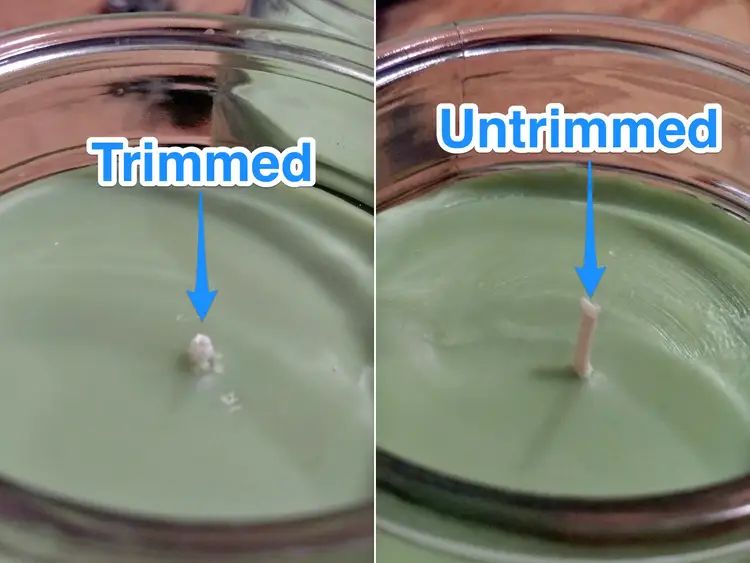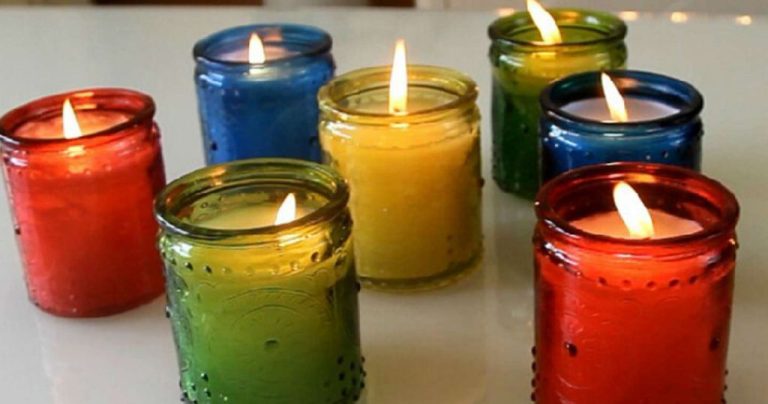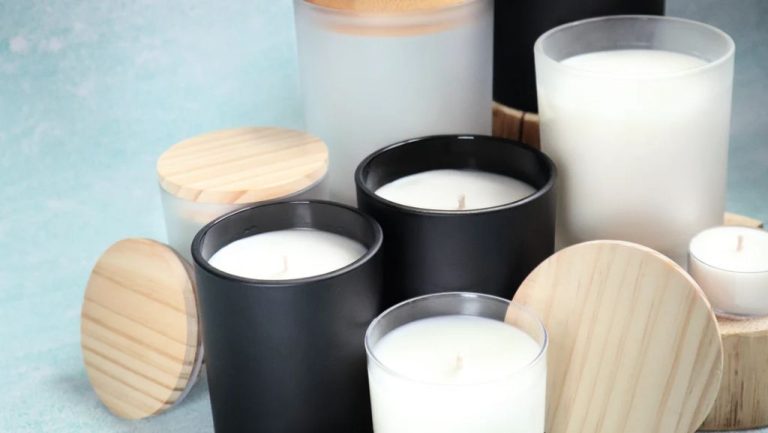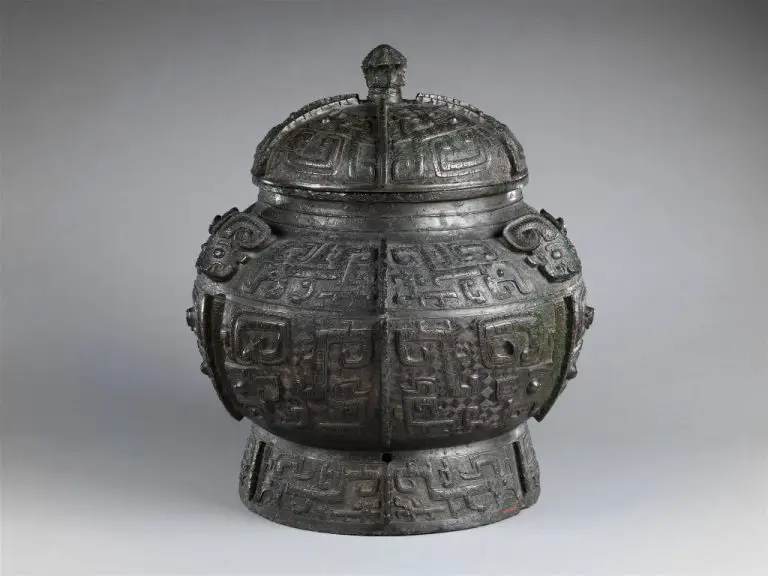What Can I Use If I Don’T Have A Wax Warmer?
Wax warmers are devices that gently heat scented wax, releasing fragrance into the air. They have become increasingly popular in recent years as an alternative to burning scented candles. When heated, the wax melts to release its fragrance without needing an open flame (Source). Wax warmers allow people to enjoy the scents of candles conveniently and safely.
Wax warmers use light bulbs, ceramic plates, or electric heating elements to melt wax or wax melts. The wax gradually liquefies and emits its fragrance as it warms. Wax warmers only require electricity, so there is no need for matches or lighters. They eliminate the fire hazard associated with burning candles. Many people prefer wax warmers because they allow fragrance without the mess, risk, or work of lighting candles. However, not everyone has access to a dedicated wax warmer device.
Tealight Candles
Tealights can serve as an inexpensive and convenient alternative to a dedicated wax warmer. Tealights are designed to produce a small, contained flame that gets hot enough to melt wax. Simply place a tealight candle in a small glass or ceramic bowl or container. Make sure the bowl is heat-resistant. Then, add chunks or shavings of wax around the tealight candle. The flame will heat the bowl and melt the wax. The melted wax will pool in the bowl, emanating fragrance. Take care not to overload the bowl with too much wax at once, as that may put out the flame. Tealights typically provide 1-4 hours of melted wax. Extinguish the tealight before all the wax is used up. Allow the wax to fully solidify before disposing of it. Replace the tealight as needed to continue warming wax. Some key advantages of using tealights are that they are inexpensive, portable, and widely available (Amazon). With proper precautions, tealights can be a simple DIY method for warming wax without a plug-in wax warmer.
Crockpots and Slow Cookers
Crockpots and slow cookers are another convenient option for melting wax if you don’t have a dedicated wax warmer. Using a slow cooker allows for precise temperature control by adjusting the heat setting. Place the wax in a glass bowl and set it inside the slow cooker pot filled with water. The water acts as a buffer to gently heat the wax.

Slow cookers are ideal for melting large amounts of wax evenly without scorching. Set the slow cooker to a low or medium temperature, around 170°F to 200°F. Monitor the wax, stirring occasionally with a skewer, until fully melted. Avoid boiling the water or overheating the wax. The indirect gentle heating of a crockpot makes it easy to melt wax safely.
For example, sources recommend placing wax in a glass bowl inside a crockpot filled with water:
How to Use My Crock Pot to Melt Wax for Candle Making
How To Make Candles Using A Crockpot
Rice Cookers
Rice cookers work on a similar concept as slow cookers or crockpots, with an inner bowl surrounded by heated water to provide indirect heat for melting wax. This offers a more portable and compact option compared to slow cookers. Simply place your wax in the inner bowl, fill the outer container with water, set the cooker to “warm” or “cook,” and it will safely melt the wax.
Rice cookers are a popular choice among beekeepers and cyclists for melting paraffin or bee’s wax. The indirect heating prevents scorching or burning the wax as long as you monitor the temperature and water level. See the Beesource forum discussion “Used our Rice Cooker to melt paraffin…” for more tips from beekeepers.
Double Boiler
A double boiler is an effective method for melting wax without a wax warmer. It requires access to a stovetop, but allows you to precisely control the temperature.
To use a double boiler, you fill the bottom pot about halfway with water and place it on the stovetop over medium heat. In the top pot, place your wax. The steam from the simmering water will gently melt the wax in the top pot without overheating it.
Make sure the bottom pot does not boil and the water does not touch the bottom of the top pot containing the wax. Stir the wax occasionally as it melts. Once fully melted, remove the top pot and pour the wax into containers or molds as needed.
The double boiler allows the wax to melt gradually without scorching. It’s an inexpensive and easy way to melt wax at home for candle making or wax craft projects. Just be sure not to leave it unattended, and don’t allow water to drip into the wax as it can cause sputtering when candles are burned.
Microwave
The microwave can provide a quick way to melt wax without many extra tools. However, microwaves can be challenging to control the exact heat level (Suffolk Candles). It’s best to melt wax in the microwave in short intervals of 30 seconds or 1 minute, stopping to stir the wax frequently (Your Crafts). The microwave tends to work best for melting small amounts of wax at a time. Taking the time to stir and check the temperature often can help prevent overheating.
Oven
One method for melting wax without a wax warmer is to use your oven. Set your oven to a low temperature around 200°F. As recommended on the DIY site Man Made DIY, ovens often go as low as 170°F which is sufficient to melt wax without overheating it (source). Place your wax in an oven safe container and monitor it closely to prevent overheating. The oven provides a consistent, low heat that can gently melt wax.
According to beekeeping site Sarah Honey, beeswax melts at around 160°F. So a low oven temperature of 200°F gives you some leeway to melt beeswax or paraffin wax safely without scorching (source). Just keep an eye on the wax as it melts to avoid any potential overheating.
Hot Plate
A portable electric cooking surface like a hot plate can be used as a simple stovetop substitute for melting wax without a wax warmer. Hot plates are inexpensive, easy to use, and safe for home use. Simply choose a hot plate with adjustable temperature controls and set it to low heat. Place your wax in a metal or glass container on the hot plate’s surface, allowing it to slowly melt just like on a stovetop. The key is to use low heat and keep an eye on the wax to avoid overheating. Hot plates provide a similar controlled warming method to traditional stovetop melting, just in a more compact and portable plug-in appliance.
Some tips when using a hot plate to melt wax:
- Choose a hot plate with adjustable temperature controls, ideally with a “low” setting under 200°F.
- Use a sturdy container like a metal pitcher or glass jar that can withstand heat.
- Stir liquid wax occasionally as it melts to evenly distribute heat.
- Keep hot plate in a safe location like a kitchen counter or heat-safe surface.
- Stay nearby to monitor the wax and avoid overheating.
With some care and attention, a basic inexpensive hot plate can substitute for a wax warmer to get those fragrant melts going.
Alternative Wax Uses
If you don’t have a wax warmer or candle burner, there are some alternative wax products that you can use to scent your home without any special equipment. Wax melts, tarts, and votive candles are designed to provide fragrance without needing a warmer or candle holder.
Wax melts or tarts are small pieces of scented wax that come in a wide variety of fragrances. They are made from soy wax or a paraffin wax blend. To use wax melts, simply place one in a small dish or simmering pot. The wax will melt from the heat and disperse fragrance in your room. Votive candles work similarly – place an unlit votive candle in a small glass votive holder and it will passively emit fragrance as the wax warms up.
The benefit of using wax melts, tarts, or votives is that you don’t need any special equipment. Just place them in a heat-safe dish and they will warm up and scent the air. They provide an easy, mess-free way to fragrance your home without a wax warmer.
Conclusion
As shown, there are many alternatives to a traditional wax warmer that can still effectively melt wax and release fragrance. Tealight candles, crockpots, rice cookers, the double boiler method, and even the oven or microwave provide simple wax warming options using common household items.
The key is finding a method that provides consistent low heat to slowly melt the wax. Depending on your needs and preferences, you can target quick options like the microwave, or slower ambient warming with tealights or a crockpot. With some creativity, the possibilities are nearly endless.
At the core, wax warmers are just a means to an end – enjoying beautiful fragrances at home. While they make the process easier, they are not the only path to wax melting and fragrance diffusion. With flexibility and experimentation beyond dedicated warmers, you can still enjoy the scents you love through DIY methods.





